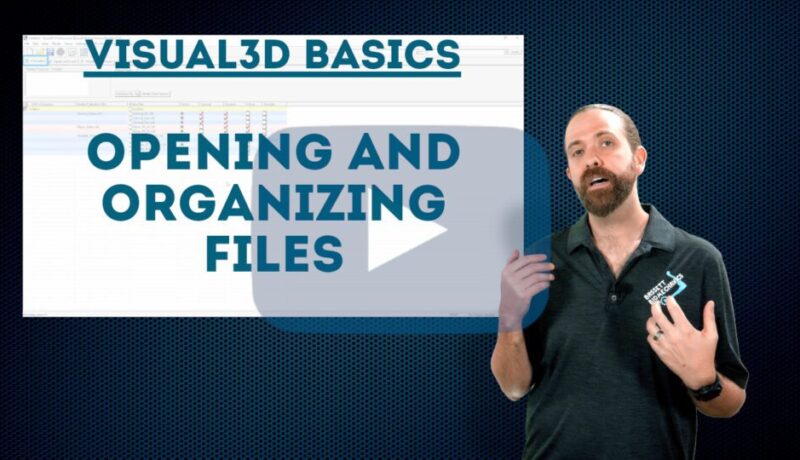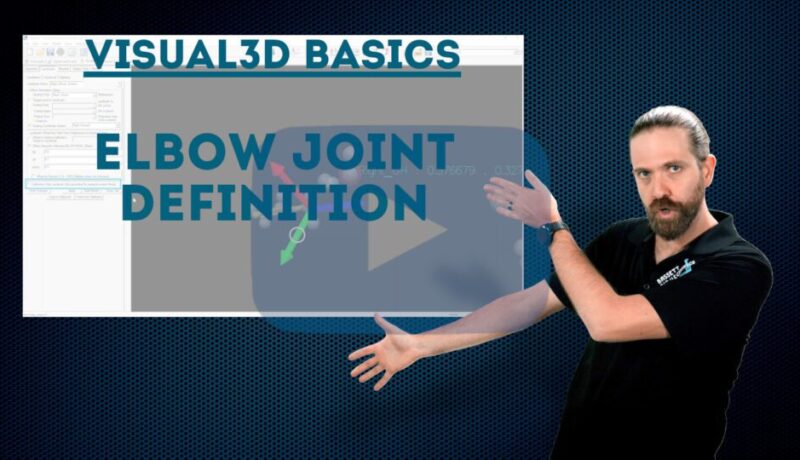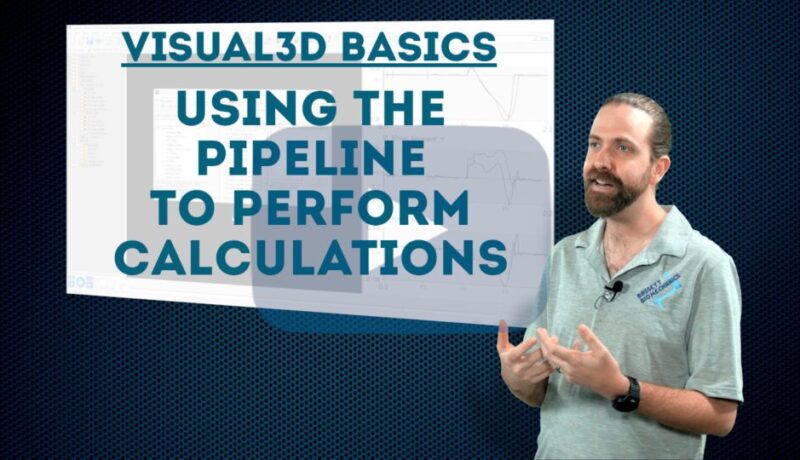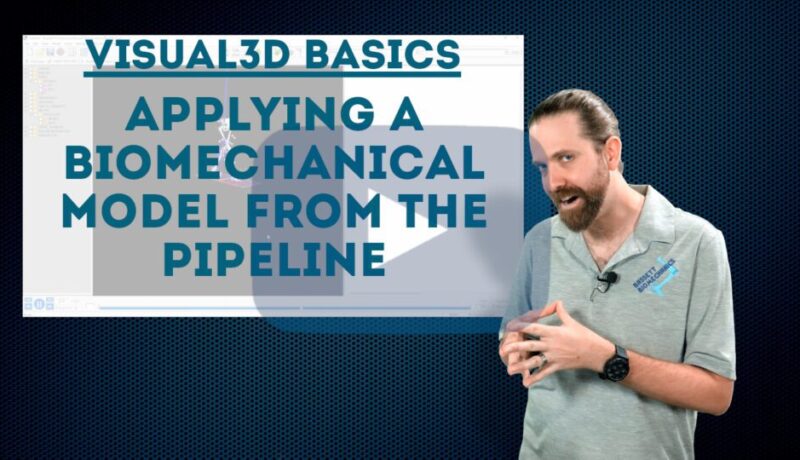Projection Landmarks
Visual3D Expert BuilderModel Unit 2 Chapter 2: Projection Landmarks Creating landmarks for any project you are working on should be […]
Visual3D Expert BuilderModel Unit 2 Chapter 2: Projection Landmarks Creating landmarks for any project you are working on should be […]
Chapter 1: Dynamic Virtual LabAccurate biomechanical calculations are essential for quality research, clinical analyses, and sports performance evaluations. Through Visual3D, […]
Part III: Processing data in Visual3DAs a final part to this introductory workshop, we focus on using Visual3D to process […]
Part II: Collecting and processing dataHaving covered the basics of what a Qualisys system is, in this video we discuss […]

As workspaces become more complex, to properly perform biomechanical calculations, users need to keep organized. In this chapter, we focus on how to open the various motion and static/calibration files and ways to keep them organized using tags as we process the data in them.

The first joint we expand our modeling skills to include in Visual3D Basics is the elbow. Defining the upper arm is not quite a simple as any of the lower body segments. In this tutorial, we show you how to create landmarks in a variety of ways to have full control of each segment both in the static trial and the dynamic trials. We also employ some key concepts regarding joint coordinate systems.

Beyond saving time, processing your data and performing calculations should be done in the same way for every data set in a project. Using a pipeline ensures that the series of calculations is done in the same way every time as it does not depend on user input. In this chapter, we show you how to set up the processing steps and how to perform biomechanical calculations in an automated way.

As we start the biomechanics side part of the automation, our focus is to reduce the number of clicks necessary. From opening a static trial to applying a biomechanical model and customizing it to a subject’s height and mass before assigning it to the dynamic motion trials, in this chapter, we show you some ways to design an efficient pipeline.

Opening files can be a tedious task, and has little to no scientific significance. However, automating the loading of data not only saves time, but it can also prevent user error. In this chapter, we show you how to start designing your pipeline by explaining how to use commands to open the various files in a folder.
Chapter 2: Opening and organizing filesAs workspaces become more complex, to properly perform biomechanical calculations, users need to keep organized. […]